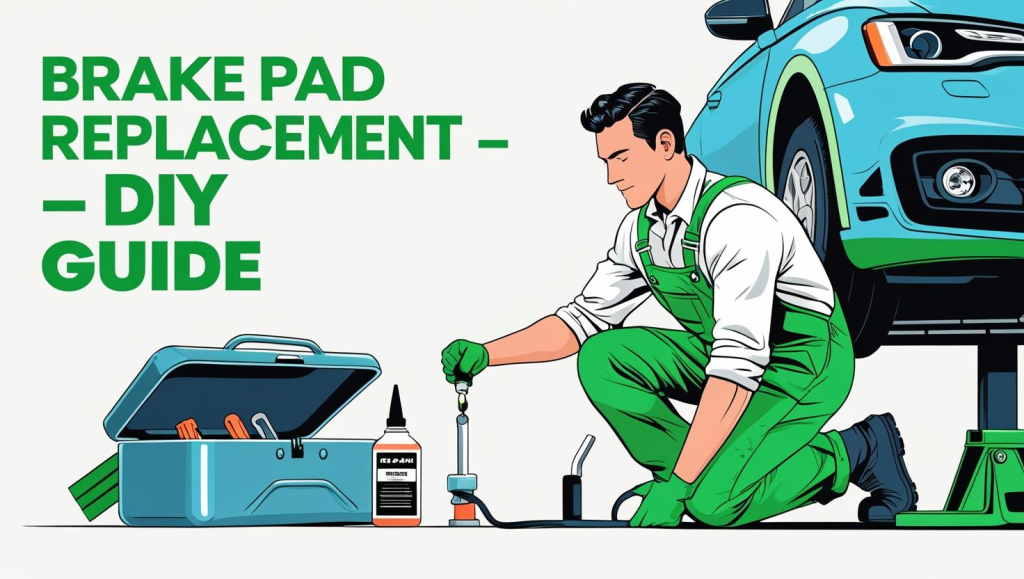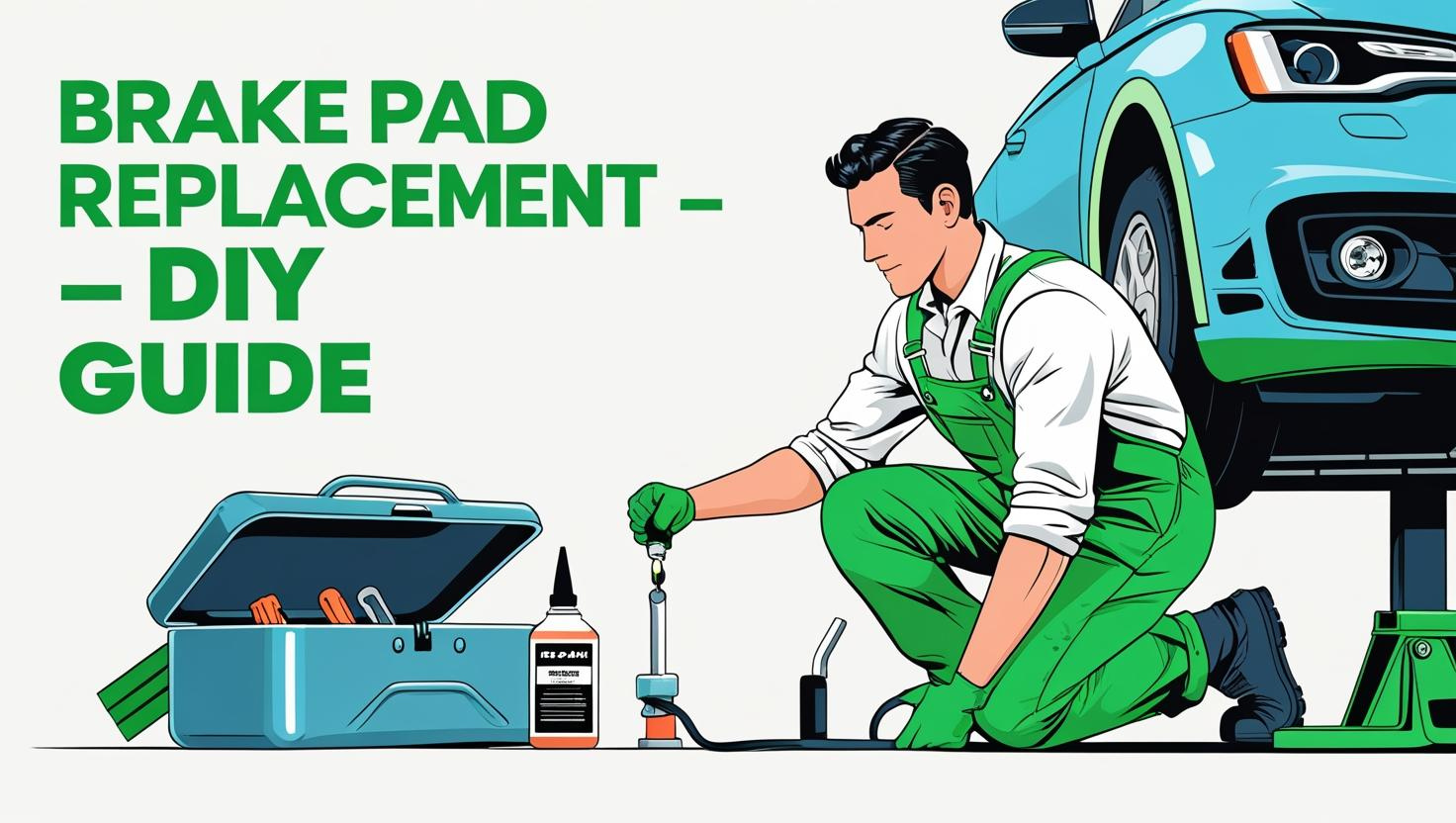
Your car’s braking system is one of its most critical safety components. Over time, brake pads wear out, reducing stopping power and putting you at risk. While many people rush to the mechanic, brake pad replacement is something you can often do yourself with the right tools, patience, and guidance. This guide walks you through everything you need to know to change your brake pads safely, save money, and keep your vehicle running smoothly.
Key Takeaways
- Brake pad replacement is an essential maintenance task for safety.
- The process involves lifting your car, removing the caliper, swapping pads, and reassembling.
- With the right tools, most people can complete this job in under two hours.
- Always buy high-quality brake pads from trusted suppliers like Cash N Carry Parts.
What we’re going to learn:
Why Brake Pad Replacement is Important
Brake pads create the friction that helps your car stop. Worn pads can cause longer stopping distances, grinding or squealing noises, and even damage to your rotors—leading to more costly repairs. According to Breeze Brakes, worn or damaged pads significantly reduce stopping power and increase the risk of accidents, making timely brake pad replacement a critical safety step.
Signs Your Brake Pads Need Replacing
Look for these warning signs:
- Squealing or grinding noises when braking
- Brake pedal feels soft or spongy
- Car pulls to one side when stopping
- Brake warning light illuminated
- Pads less than ¼ inch thick when visually inspected
Tools & Materials You’ll Need
Before starting your DIY project, gather these items:
- Jack and jack stands
- Lug wrench
- C-clamp or brake piston tool
- Wrench set
- Brake cleaner spray
- New brake pads (check fitment at Cash N Carry Parts)
- Safety gloves and goggles
👉 For a complete checklist of tools to keep on hand, check out our guide: DIY Toolkit Guide: Tools You Need to Install Used Vehicle Parts.
Step-by-Step DIY Brake Pad Replacement Guide
Step 1: Safety First
- Park on a flat surface.
- Engage the parking brake.
- Wear gloves and goggles.
Step 2: Loosening the Lug Nuts
- Use a lug wrench to slightly loosen the nuts before lifting the car.
Step 3: Lifting the Vehicle
- Use a jack and secure with jack stands. Never rely on the jack alone.
Step 4: Removing the Wheel
- Fully remove the lug nuts and take off the wheel.
Step 5: Removing the Brake Caliper
- Locate the caliper bolts and remove them.
- Carefully slide the caliper off without straining the brake line.
Step 6: Removing the Old Brake Pads
- Slide out the worn pads.
- Inspect the rotor for deep grooves or damage.
Step 7: Installing New Brake Pads
- Compress the caliper piston with a C-clamp.
- Insert the new pads into the caliper bracket.
Step 8: Reassembling the Brake System
- Reattach the caliper over the pads.
- Tighten all bolts securely.
- Reinstall the wheel and lug nuts.
Step 9: Testing Your Brakes
- Pump the brake pedal before driving.
- Do a slow test drive to ensure smooth braking.
Pro Tips for DIY Brake Pad Replacement
- Replace pads in pairs (both front or both rear).
- Always clean components with brake cleaner, not water.
- Don’t overtighten lug nuts—use proper torque specifications.
- If rotors are badly worn, replace or resurface them.
💡 Want to expand your skills? Check out our guide on DIY Car Maintenance at Home – Save Money with These Repairs for more money-saving fixes you can do yourself.
When to Call a Professional
DIY brake pad replacement is safe for most vehicles, but call a mechanic if:
- You notice deep grooves in your rotors
- Brake fluid leaks are visible
- ABS warning light is on
- You’re not confident in your skills
For guaranteed fitment and quality parts, you can order directly from Cash N Carry Parts.
FAQs
1. How often should I replace brake pads?
Answer: Most pads last between 30,000–70,000 miles depending on driving habits and conditions.
2. Can I replace brake pads without changing rotors?
Answer: Yes, but if the rotors are damaged or worn, they should be resurfaced or replaced.
3. How much does DIY brake pad replacement save?
Answer: You can save $150–$300 compared to mechanic labor costs.
4. Do I need to bleed the brakes after replacing pads?
Answer: Usually not, unless you disconnect the brake fluid line.
5. What type of brake pads should I buy?
Answer: Ceramic pads are long-lasting and quiet, while semi-metallic pads offer stronger braking for heavy vehicles.


